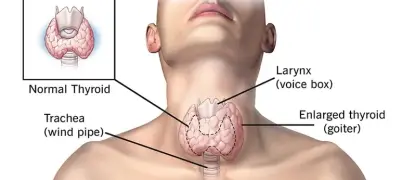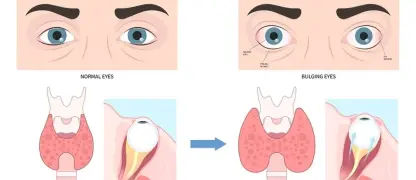Are your bones as strong as you think? Osteoporosis often develops silently, with no symptoms until a fracture occurs. Understanding your risk is the first crucial step to protecting your bone health for life.
What are the main causes of Osteoporosis?
- Osteoporosis occurs when the creation of new bone doesn't keep up with the loss of old bone, causing a decrease in bone mass.
- Hormonal changes are a major factor, particularly the drop in estrogen levels in women after menopause, which accelerates bone density loss.
- A lifelong lack of calcium, vitamin D deficiency, and certain medical conditions or medications can also significantly contribute to weakened bones.
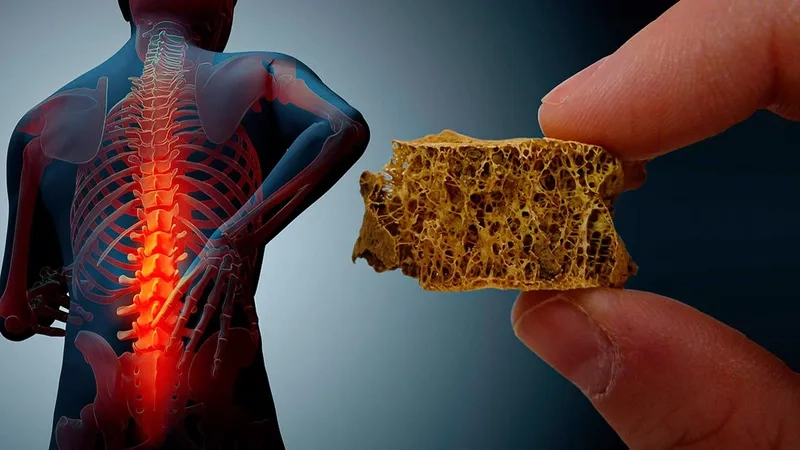
Key symptoms of Osteoporosis to watch for
- There are typically no early osteoporosis symptoms; it's often called a "silent disease" because bone loss occurs without any noticeable signs.
- Later signs can include a loss of height over time, a stooped posture, or a bone that breaks much more easily than expected.
- Back pain, caused by a fractured or collapsed vertebra, can be a debilitating symptom once the condition has significantly progressed.
How can you prevent Osteoporosis effectively?
- Knowing how to prevent osteoporosis starts with diet; consume foods for bone health rich in calcium and vitamin D, like dairy and leafy greens.
- Engage in regular weight-bearing exercises like walking, jogging, and strength training to help build and maintain strong bones throughout your life.
- Avoid smoking and excessive alcohol consumption, as both can weaken bones and increase your risk of developing osteopenia and eventually osteoporosis.
>>> See more: Allergic rhinitis (hay fever) - Effective relief strategies
Learn about Osteoporosis through medical images
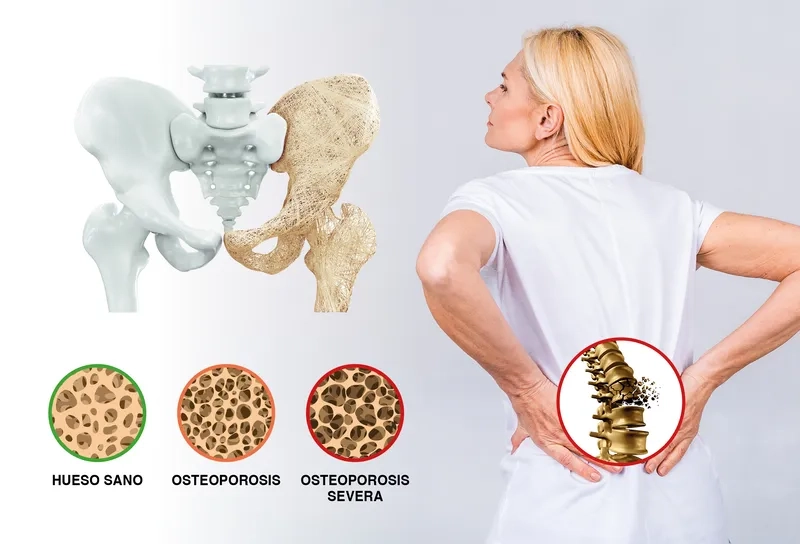
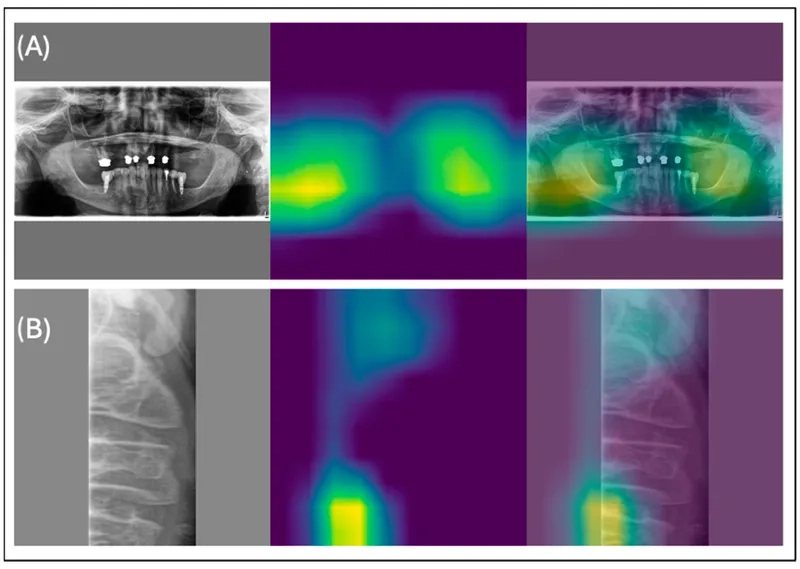
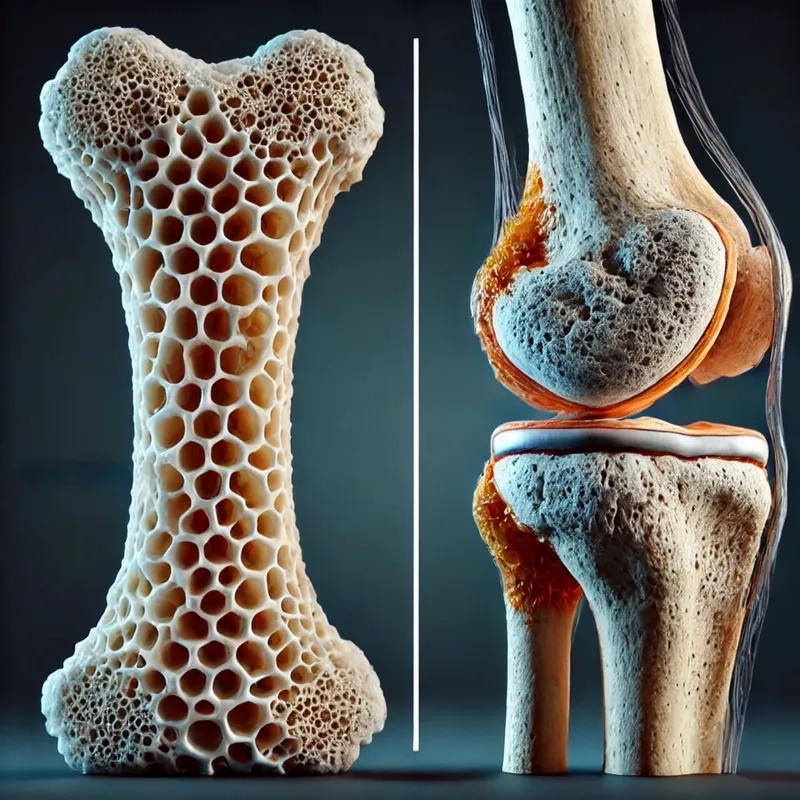

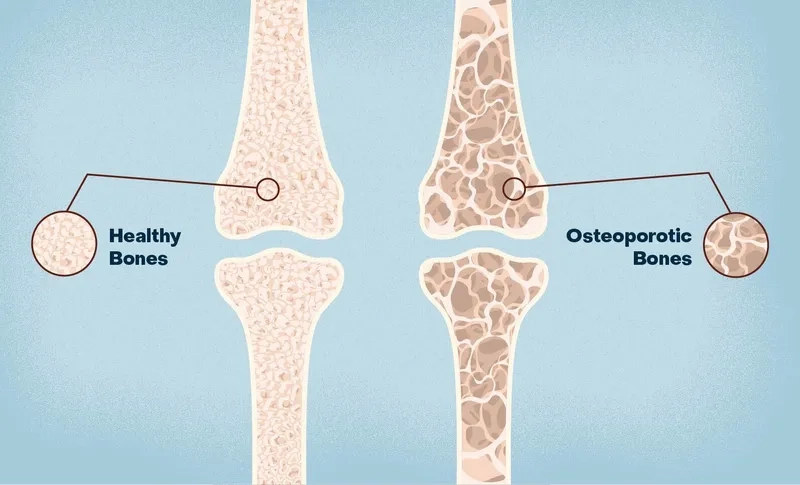

>>> Related articles: Chronic sinusitis - When your sinus infection never leaves
Osteoporosis treatment often involves medications like Fosamax or Prolia, confirmed by a bone density test. Talk to your doctor about your risk factors and the best plan to protect your bones from this preventable disease.
>>> See this article: Occupational lung diseases - Are you at risk in your workplace?


